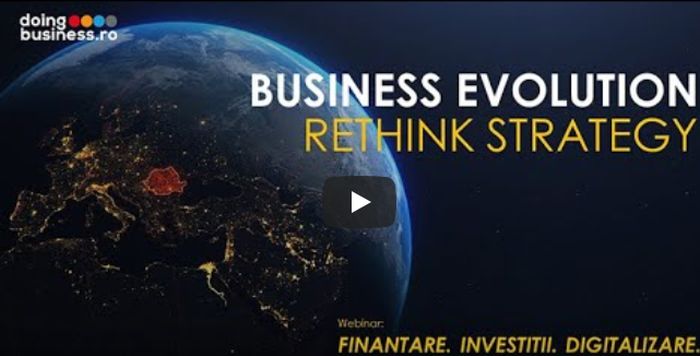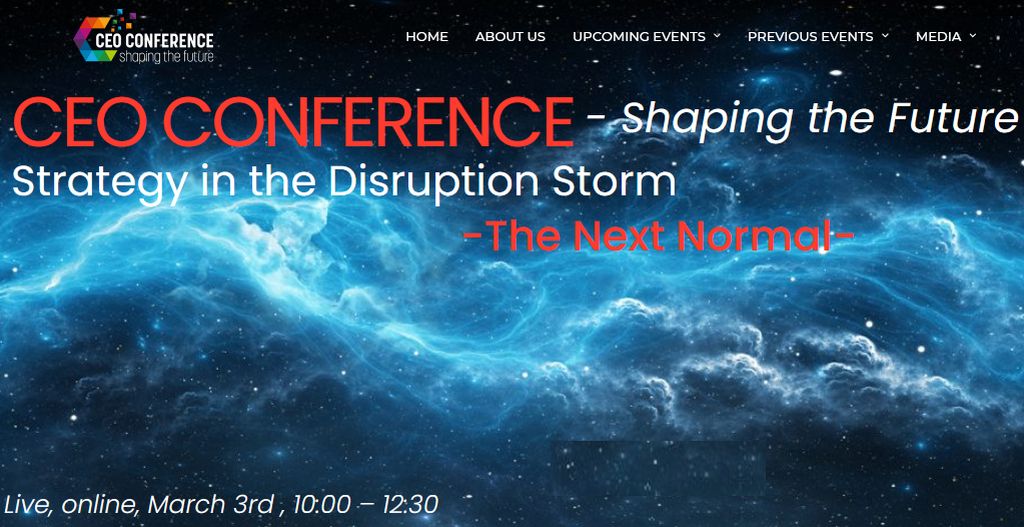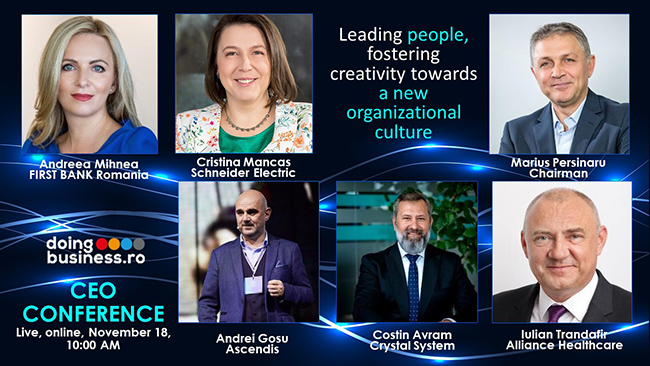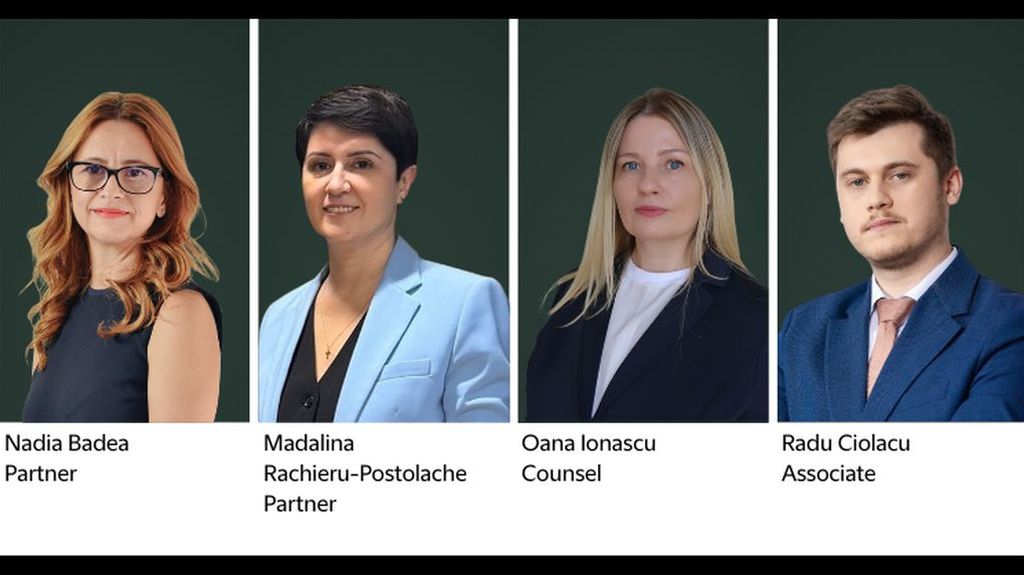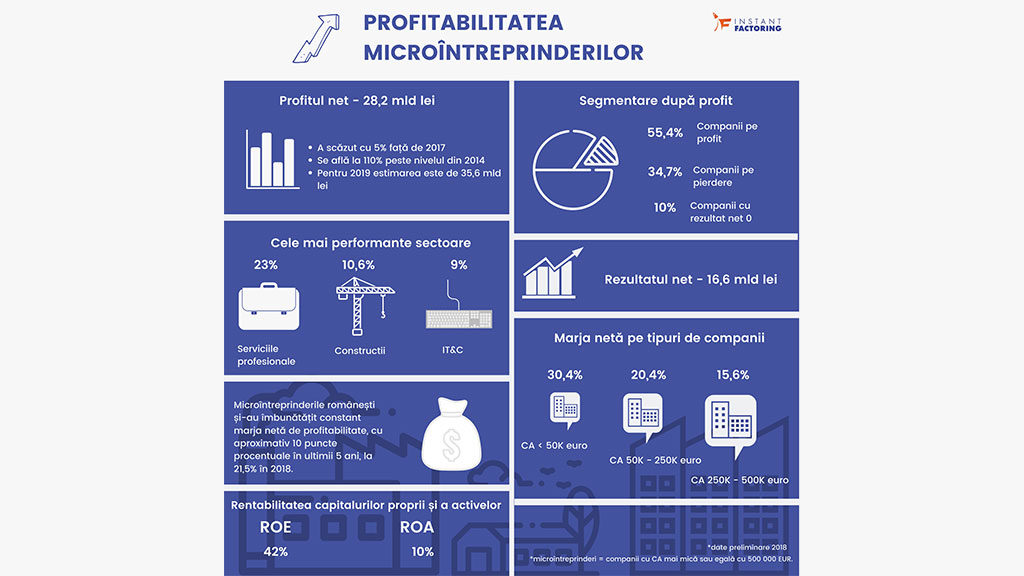Every company operates in a fragile balance between resources, processes, and people. When this balance breaks, losses appear. Some show up in reports, others live quietly inside the culture and become constant sources of hidden costs. You can see when sales drop or error rates rise. Yet intangible losses, such as low motivation, reveal their effects over time. You feel them in absenteeism, conflicts, defects, rework, or overtime.
Every company has other losses that no one measures. Some come from low trust in internal relationships between colleagues or external ones with suppliers and partners. Others come from slow decisions, lack of clarity, or lack of learning.
These losses do not appear in Excel, but you feel them in total costs. They drain your energy, your time, and your ability to stay competitive. They affect performance directly, even if they often remain invisible. You will recognize them in your activity and see how they shape your results as follows.
1. Loss caused by low individual motivation
Low motivation affects productivity directly. You see it in absenteeism, conflicts, defects, rework, and overtime that brings no value. People reduce their effort when they do not feel progress, do not receive feedback, or feel overloaded. When they do not see meaning in their work, attention drops, initiative disappears, and pace slows.
This loss does not appear in financial reports, but you feel it every day. It accumulates in delays, incomplete decisions, and weak outcomes. When motivation drops, the quality of contribution drops. This is why you need to track what erodes it. Ask yourself where your team loses motivation and how you can step in before this loss becomes structural and costly.
2. Loss generated by lack of trust
Low trust slows the organization. Negotiations take longer. People overcheck. Decisions are postponed because no one takes ownership. This loss increases transaction costs in every interaction. When you do not trust colleagues, you duplicate work or add unnecessary controls. When you do not trust partners, you block collaboration and extend simple processes.
Lack of trust drains time, energy, and opportunities. You do not see it in indicators, but you feel it in the slow rhythm and team tensions. Notice how many delays appear simply because people protect themselves instead of collaborating. Trust is not a cultural detail. It is an essential economic factor.
3. Loss resulting from lack of clarity
Lack of clarity leads to confusion and errors. People interpret the same requirement differently because information is incomplete or contradictory. Priorities change without clear explanations. Messages get transmitted partially. Teams repeat activities simply because they did not have the right data. This loss consumes time and energy in meetings, realignments, and justifications.
Clarity creates direction. When it is missing, people work a lot but not in the same direction. Impact becomes small. Ask yourself how much of your team’s effort is wasted because there is no clear framework, complete communication, or precise expectation-setting. Clarity is not just a good message. It is a work system.
4. Loss from reduced strategic focus
Without strategic focus, the organization wastes energy. People stay busy, but results stay small. Projects start fast and stop just as fast. Priorities shift before producing effects. Everyone works at high speed, yet real impact stays low.
Loss of focus appears when you react to urgencies and lose central direction. When people do not know what matters, they spread effort across many initiatives. Focus protects resources. Without it, time goes into activities without value.
Ask yourself how many projects run in your company and how many truly support the major objectives. Focus is not a restriction. It is strategic discipline.
5. Loss generated by lack of learning
Learning gaps create invisible but constant costs. Mistakes repeat. Knowledge leaves with people. Solutions get improvised. Problems return instead of being solved permanently. An organization that does not learn gets stuck in routine, even when people work hard.
Lack of learning reduces adaptability and slows evolution. You see it in delayed solutions, incomplete decisions, and the absence of a common way to move forward. When lessons are not documented, every situation gets treated as new. That drains time and resources.
As a manager, ask yourself which processes have not improved in recent months and why. Understanding the causes is the first step toward real progress.
6. Loss caused by lack of coordination
Poor coordination creates delays, conflicts, and overlaps. Departments work at different speeds. Work gets duplicated. Sometimes it contradicts itself. Clients receive promises that operations cannot support. This loss blocks processes and increases costs.
Lack of coordination often appears in siloed organizations or fragmented workflows. People do not communicate enough. They do not synchronize. Effective coordination requires a clear framework and constant communication. Ask yourself how many problems in your company would disappear if teams aligned more often. Coordination is not just a shared calendar. It is a work discipline that keeps the flow running.
7. Loss of agility in the company
When the organization becomes rigid, it reacts slowly to change. Processes stay unchanged even when they no longer work. People avoid new ideas and prefer familiar ground. Loss of agility reduces competitiveness and slows adaptation. You see it in slow decisions, delayed projects, and missed opportunities.
Agility does not mean chaotic speed. It means the ability to adjust direction quickly. When you lack this ability, costs rise. The market moves, and you stay still. Ask yourself where change gets blocked in your organization and what you could simplify to accelerate response.
8. Loss of relational energy
Tense relationships drain energy. People avoid collaboration. Meetings become difficult. Communication shrinks. Initiatives get blocked for personal, not professional reasons.
This loss reduces engagement and creativity. When relational energy drops, people work defensively. They protect themselves instead of collaborating. The result is a slower rhythm, weaker solutions, and a demotivating atmosphere.
Relational energy is the foundation of a healthy team. When it erodes, performance drops regardless of skill level. Ask yourself what unresolved tensions exist in your teams and how they affect daily collaboration.
Intangible losses erode performance
A company does not lose only money. It loses energy, time, focus, trust, clarity, and motivation. These losses do not appear in reports, but they shape profitability directly. They remain invisible until they grow enough to turn into major problems. If you identify them early, you can increase real efficiency and reduce internal friction.
The eight types of loss help you see a clear picture of hidden costs. They offer concrete reflection points and show where your resources get consumed without results. When you reduce these losses, you free capacity, time, and potential. Performance rises naturally because the organization works with less friction and more clarity.
* * *
About Constantin Magdalina
Constantin Magdalina has 15 years of professional experience, during which he worked for multinational companies, both in the country and abroad. Constantin has a Master's degree in Marketing and Communication at the Bucharest Academy of Economic Studies. He is LeanSix Sigma and ITIL (IT Information Library®) certified, which facilitates a good understanding of processes and transformations within organizations. On the other hand, the certification obtained from the Chartered Institute of Marketing completes his business expertise. In the more than 4 years of activity within a Big 4 company, he initiated and coordinated studies that analyzed aspects related to the business environment in Romania. Among them are the economic growth forecasts of companies, knowledge management, the buying experience in the era of digital consumers, the use of mobile devices or the customer-centricity of companies in Romania. He is the author of numerous articles on topics related to innovation, streamlining business processes, digital transformation, emerging trends and technologies. He is invited as a speaker at numerous events and business conferences.










